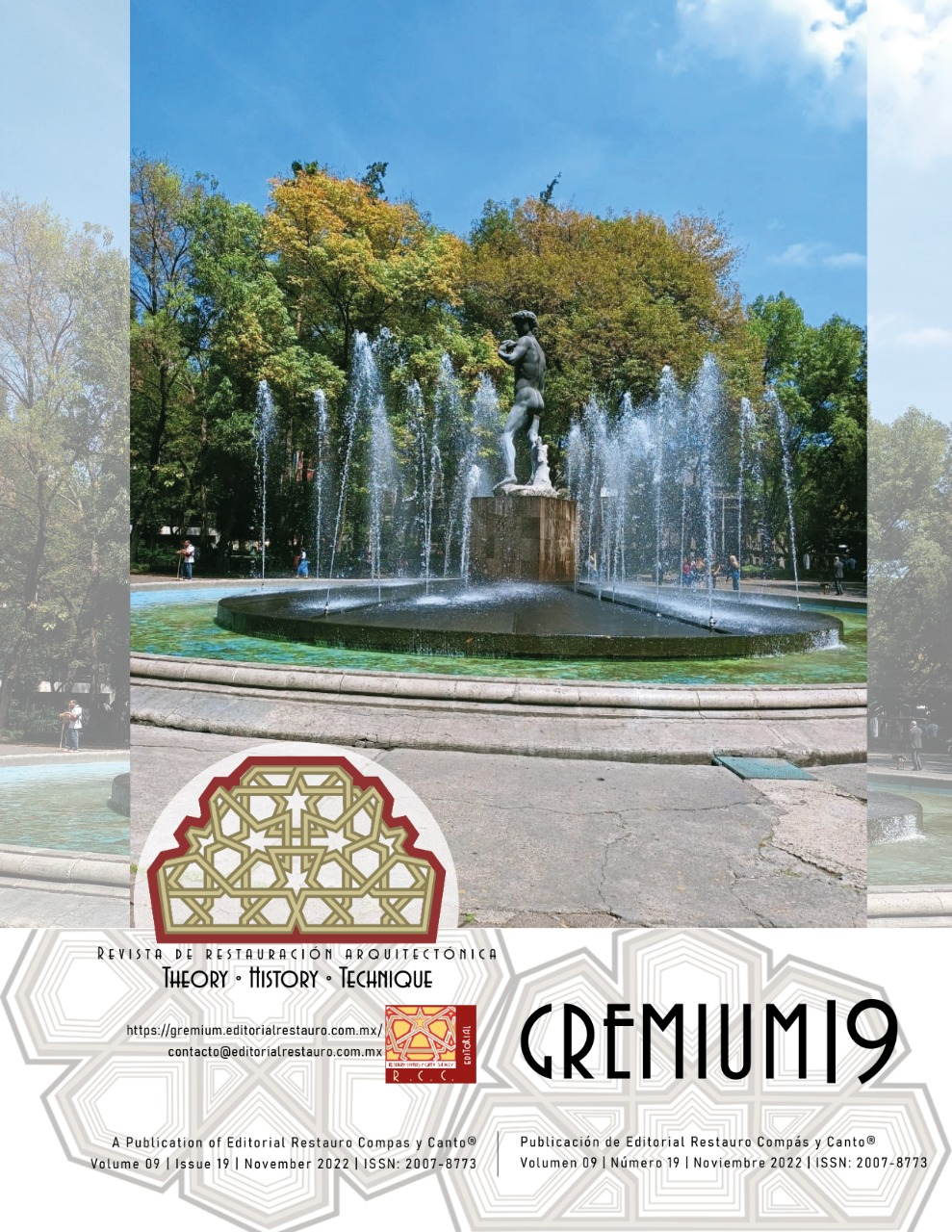Heritage and Historic Urban Landscape: An Interpretative Perspective
DOI:
https://doi.org/10.56039/rgn19a05Keywords:
cognition, simbolic interaction, subjectivityAbstract
The point of view of the individual (subjects, or socio-urban actors) has been the ground of various reflections over the last century. In the following writing, this point of view is addressed, and its relationship with what has been built, and with society; The problem of what built heritage means to them is examined from an interdisciplinary, scientific-humanistic basis. Some conceptual categories that allude to the symbolic and daily life of people were compared, such as: cultural landscape, cultural heritage, urban-historical landscape, agency, urban imaginaries, social representations, symbolic interaction, etc. It was observed that there are in common, in several disciplines reviewed here, the phenomena of meaning, and it would to say about methodological changes (turns) in the social sciences of the end of the last century, because also considering cultural phenomena as networks of meaning, as construction and transmission of meaning. The case of a Mexican colonial city (Morelia) was taken, whose Historic Center is the subject of gentrification and international tourism processes, which affects urban-social imaginaries (cognitive models, or schemes for action, interaction, and interpretation) shared by its inhabitants in daily life. The theoretical-conceptual basis comes from Human Geography (cultural, constructivist), Phenomenological Sociology, Urban-cultural Studies, Urban and Cognitive Anthropology, and Phenomenological Architecture, among others. It confirmed that the meaning of what people say, do, and imagine lies at the confluence of the social, the built, and the subjective or mental.
Downloads
Downloads
Published
Issue
Section
License
Copyright (c) 2022 Gremium

This work is licensed under a Creative Commons Attribution-NonCommercial-NoDerivatives 4.0 International License.























